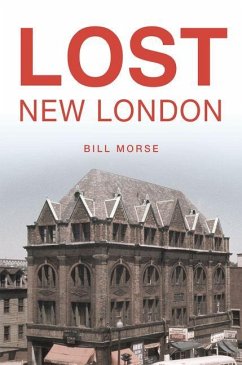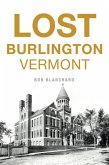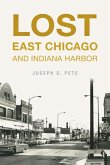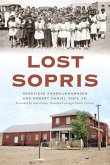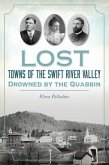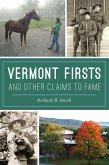On April 30, 1962, voters in the port city of New London, Connecticut, approved by a large margin a bulldozer approach to urban renewal in an area along Main Street stretching from downtown State Street to Hodges Square by Interstate 95, roughly one mile to the north. The plan required the relocation of more than two thousand people and the demolition of nearly five hundred structures, some dating back to the 1750s. Among the losses were the Neptune Building, the Victory Theater along the Parade, sea captains' homes on and off Main Street, settlement houses, family-run businesses, the colonial homes of slave traders and the newer homes of freed slaves. New London native and old house enthusiast Bill Morse shares the images and stories from these events that changed a community forever.
Bitte wählen Sie Ihr Anliegen aus.
Rechnungen
Retourenschein anfordern
Bestellstatus
Storno

